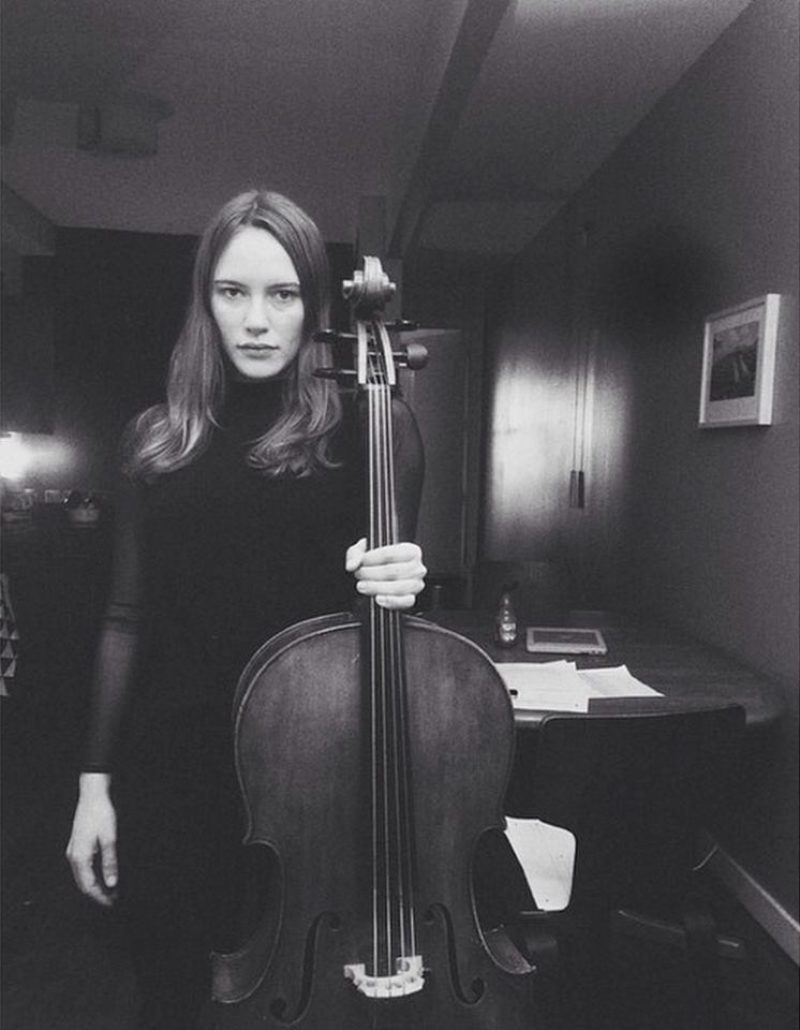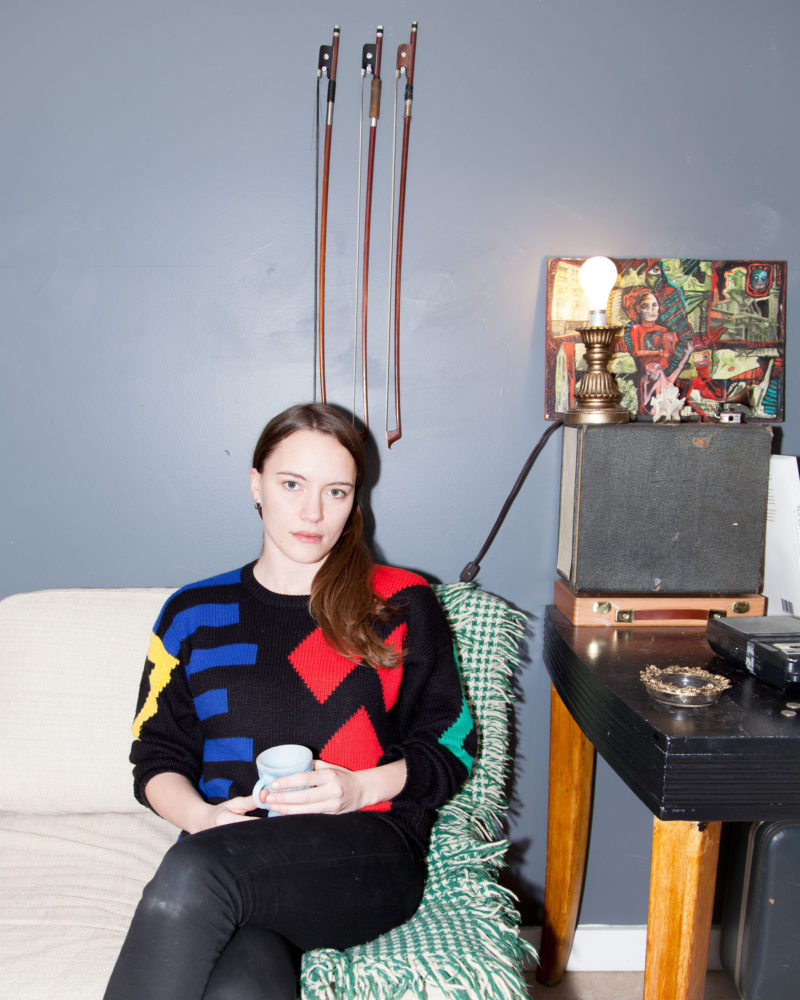LEILA BORDREUIL
Jannis Van de Sande
First of all, tell us something about yourself, about your background and training.
Leila Bordreuil
I grew up in the south of France where I studied classical cello at the conservatory for ten years. I moved to the US in 2008 in search of a lively experimental music scene.
JVdS
What was it that initially drew you to the cello?
LB
Well, the reason is pretty silly: I started playing the cello when I was 7 years old. At the time, I had been playing the violin for 3 years and I was sick of standing up for the group Suzuki lessons. I switched to the cello because I wanted to sit on a chair.
JVdS
How and when did you develop an interest in extended playing techniques?
LB
About 10 years ago, I lost my interest in the practice of classical music. I wanted to make my own sounds. I am drawn to electronic music and the infinite array of sounds it offers, but making music with machines never quite did it for me. Instead, I try to extract all the sounds that I can out of my instrument.

JVDS
In your performances, you often show two very different sides of your instrument by contrasting more aggressive fragments with very subtle and soft ones. Do you enjoy exploring the extremes of the cello?
LB
I am particularly interested in psychoacoustics, or the relationship between sound and perception. I am drawn to musical moments in which a sound or frequency is of such a high psychoacoustic density that your sonic experience goes beyond your ears and you can actually feel it, in your gut, your lungs, or sometimes in your brain. I try to create perception-altering atmospheres by playing music devoid of emotional signifiers (especially melody), and making heavy use of the extremes — low, loud, guttural density, and quiet, soft, phantom-like psychedelic drones... My sound is often veiled with layers of white noise, like a mirage of its own reality, which I think unifies these extremes while enhancing its psychedelic quality.
JVDS
What is it that you search for when improvising? What makes a performance successful?
LB
I love the constant feed and development of new ideas in improvisation. Every improvisation with another player will always create new ideas, and even a bad set is a fruitful learning experience. Improvised music is my favourite kind of music to watch; I find it incredibly entertaining to witness this back and forth. A successful improvised performance is one in which the players truly connected and responded to each other. A very successful improvised performance has a macro structure. An extremely successful improvised performance has all of the above plus a fine balance of accidents and artistic virtuosity.
JVdS
You played and recorded with a diverse range of collaborators over the years. How did these encounters affect you as a solo musician?
LB
Improvising, as I mentioned, generates new ideas, and I try to include the good ones in my solo practice!
JVDS
While improvisation obviously plays an important role in your practice, you’re also active as a composer. The physical and ephemeral act of improvisation is very different from writing scores that last. How do you understand the relation between these two activities, do they affect each other in your own practice?
LB
All of my compositions, even when conventionally notated, include some structured improvisation. The musical energy you find in improvisation is impossible to generate through notation.
JVDS
What does 2018 have in store for you? Any plans to release a solo debut?
LB
Yes, I will have two solo releases this year: this winter, the Copenhagen-based noise label Moral Defeat will release a tape; and this spring, Catch Wave LTD will release a solo record. I am currently writing a piece for string quartet and light installation with Mivos Quartet and Berlin-based artist Doron Sadja, which will be performed in September. In November, I will be presenting a new piece for amplified cello and six amplified double basses. It is part of a series of pieces I write for this instrumentation.
JVDS
Exciting things to come, thanks!
